Doctors say that up to 80% of the causes of facial nerve palsy are due to windstroke or sudden cold exposure. Currently, the weather in the North is turning cold, the risk of the disease is increasing.

Peripheral facial nerve palsy (facial paralysis) is mainly caused by windstroke or sudden cold - Illustration: Provided by the hospital
80% due to sudden cold
According to Master, Doctor Hoang Duy Luan, Department of Traditional Medicine, Bach Mai Hospital, peripheral facial nerve palsy (facial paralysis) is a syndrome of damage to the 7th nerve.
This causes reduced or lost movement of the muscles in the face (total facial paralysis).
According to traditional medicine, peripheral facial nerve palsy is described by the name "mouth and eye paralysis". The disease can occur at any age and is caused by many reasons.
Doctors say that up to 80% of the causes of facial nerve palsy are due to sudden cold or windstroke.
In addition, the disease is also caused by many other reasons that cause the nerve to be compressed, leading to swelling. Or due to inflammatory diseases such as mastoiditis but not treated promptly, leading to complications, shingles virus, trauma or impact from surgery in the temporal region, mastoid region, face or ear.
According to Dr. Luan, symptoms of peripheral facial nerve palsy are also very easy to recognize and commonly range from partial weakness to complete paralysis of one side of the face, progressing over several hours or days.
"Common symptoms can be recognized as eyes not closing properly, watery eyes; Reduced or lost forehead wrinkles, nasolabial folds. When rinsing the mouth, water will flow out of the corner of the mouth on the paralyzed side, food stuck between teeth and cheeks.
Numbness in half of the face, around the jaw or behind the ear. Headache, increased sense of sound in the affected ear. Decreased taste in the anterior 2/3 of the tongue on the affected side with decreased salivation and tears," Dr. Luan stated.
This expert also said that peripheral facial nerve palsy needs to be detected early and treated promptly and properly, otherwise it will take a long time to heal and cause various complications such as eye complications.
Patients may have corneal ulcers, conjunctivitis, ectropion, synkinesis (a condition in which involuntary muscles coordinate with voluntary movements such as closing the eyes when eating or laughing), paralysis of the posterior half of the face, and tearing when eating, also known as crocodile tears syndrome.
How to treat facial nerve palsy?
Doctor Luan said that currently, in addition to modern medical treatments such as using corticosteroids, high doses of vitamin B, and increasing nerve conduction, patients with peripheral facial nerve palsy will be treated with a combination of acupuncture, moxibustion, massage - acupressure, hydroacupuncture, thread implantation, herbal decoction, and cupping.
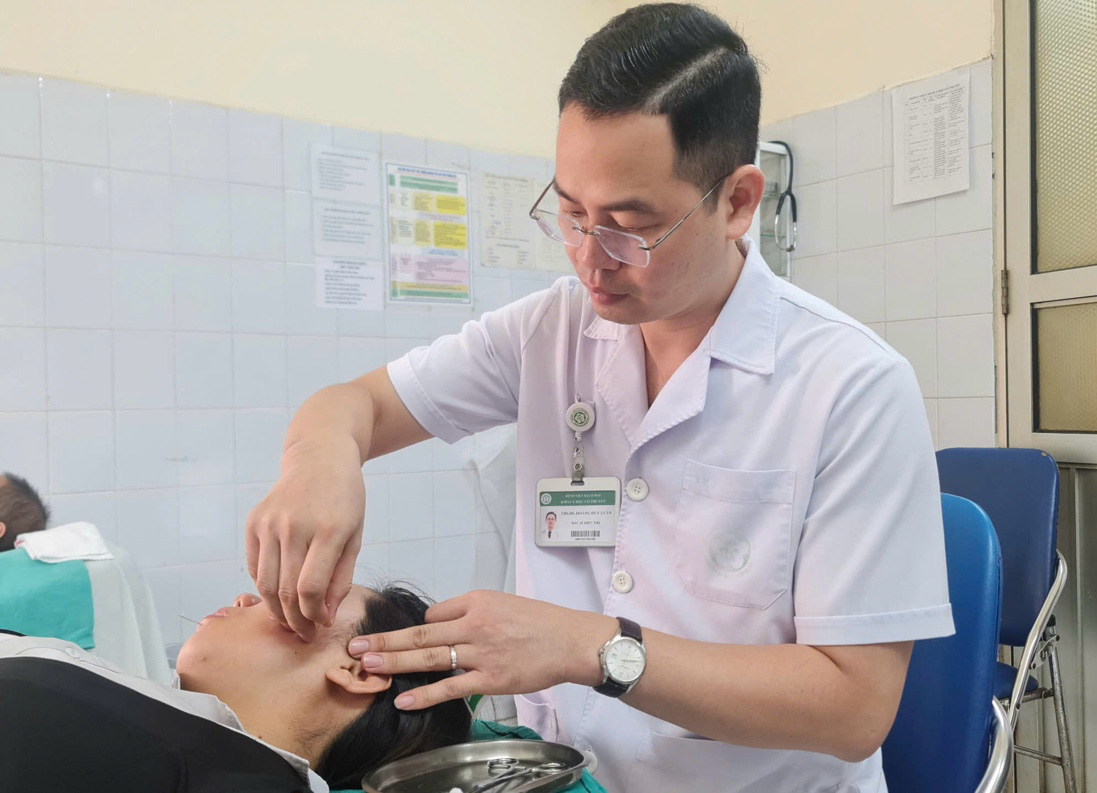
Dr. Luan performs acupuncture on a patient - Photo: Provided by the hospital
Depending on the patient's condition and each stage of the disease, doctors will apply appropriate methods.
With the acupuncture method, the doctor will dialectically follow the theory of meridian and acupuncture points, combining acupuncture points in the limbs with acupuncture points in the facial area.
The purpose of using minimal acupuncture points on the face is to reduce the patient's pain and fear of pain while still achieving high efficiency. In addition, the doctor also uses ear acupuncture by sticking Wang Bu Liu Xing seeds on the earlobe so that the patient can massage and stimulate the acupuncture points every day.
Using acupressure massage to treat peripheral facial nerve palsy. This method also helps treat patients with anxiety disorders, stress, insomnia... many diseases that people with early stage facial paralysis suffer from.
With the thread implantation method, this is a method that combines traditional medicine and modern science, used for patients who live far away and cannot come for treatment regularly. This method saves effort, costs for patients and time for doctors.
Cupping is one of the effective methods, especially in treating facial nerve palsy.
Facial cupping method requires the performing doctor to have a lot of experience and skill, adjusting the flame to ensure the suction force of the cup is just enough, not only achieving effective treatment but also making the patient's facial skin rosy, not causing bruising that affects aesthetics.
How to prevent disease?
Dr. Luan recommends that peripheral facial nerve palsy is easy to prevent. People should exercise every day to help improve blood circulation.
Do not shower late, especially in winter. After showering, dry your hair before going to bed or going out. If you have to travel long distances by train or car, close the car doors and wear a mask to avoid strong winds blowing into your face. Have regular health check-ups to detect and support early treatment of diseases that can cause Bell's palsy.
In particular, when there are signs of pain, numbness, and loss of sensation on one side of the face, patients need to quickly go to medical facilities for timely examination and treatment.
Source: https://tuoitre.vn/thoi-tiet-mien-bac-chuyen-lanh-coi-chung-liet-day-than-kinh-so-7-20241127085346467.htm


![[Photo] General Secretary To Lam arrives in Minsk, begins state visit to Belarus](https://vphoto.vietnam.vn/thumb/1200x675/vietnam/resource/IMAGE/2025/5/11/76602f587468437f8b5b7104495f444d)


![[Photo] General Secretary To Lam meets and expresses gratitude to Vietnam's Belarusian friends](https://vphoto.vietnam.vn/thumb/1200x675/vietnam/resource/IMAGE/2025/5/11/c515ee2054c54a87aa8a7cb520f2fa6e)







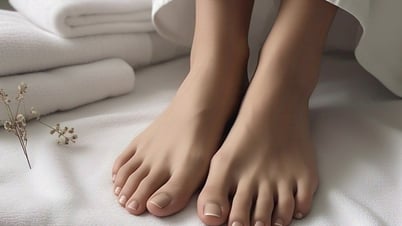


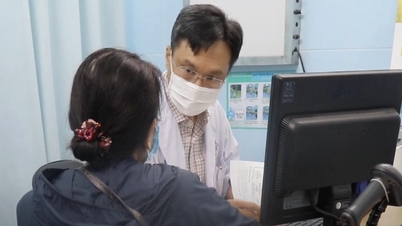
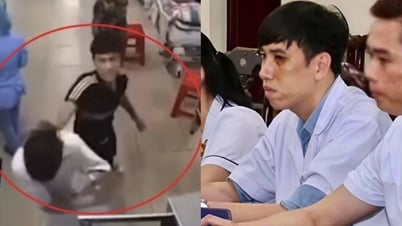

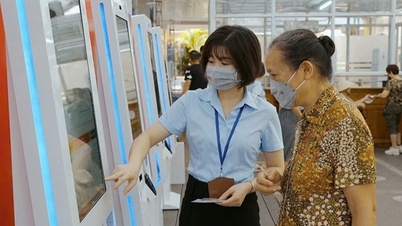






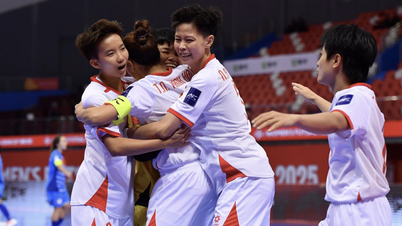
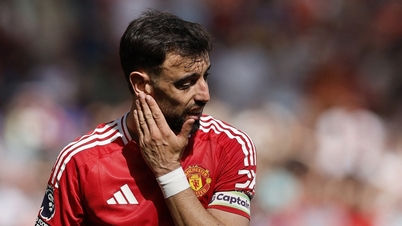





![[Photo] General Secretary To Lam concludes visit to Russia, departs for Belarus](https://vphoto.vietnam.vn/thumb/1200x675/vietnam/resource/IMAGE/2025/5/11/0acf1081a95e4b1d9886c67fdafd95ed)

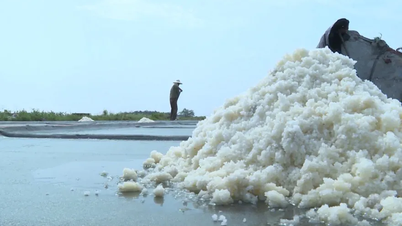



















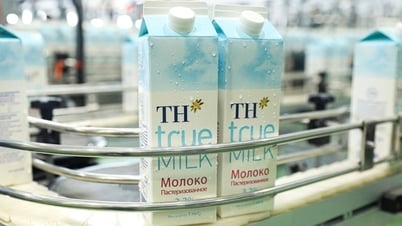







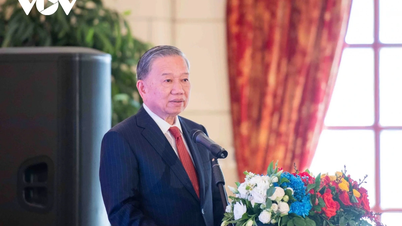


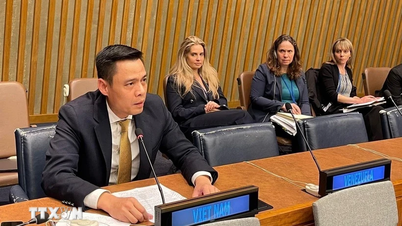













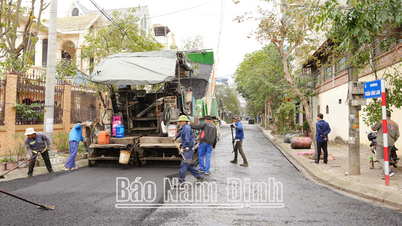

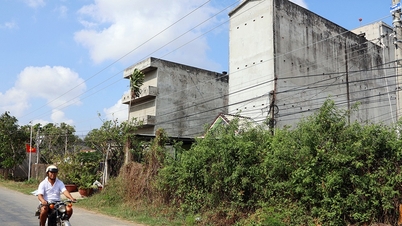

















Comment (0)